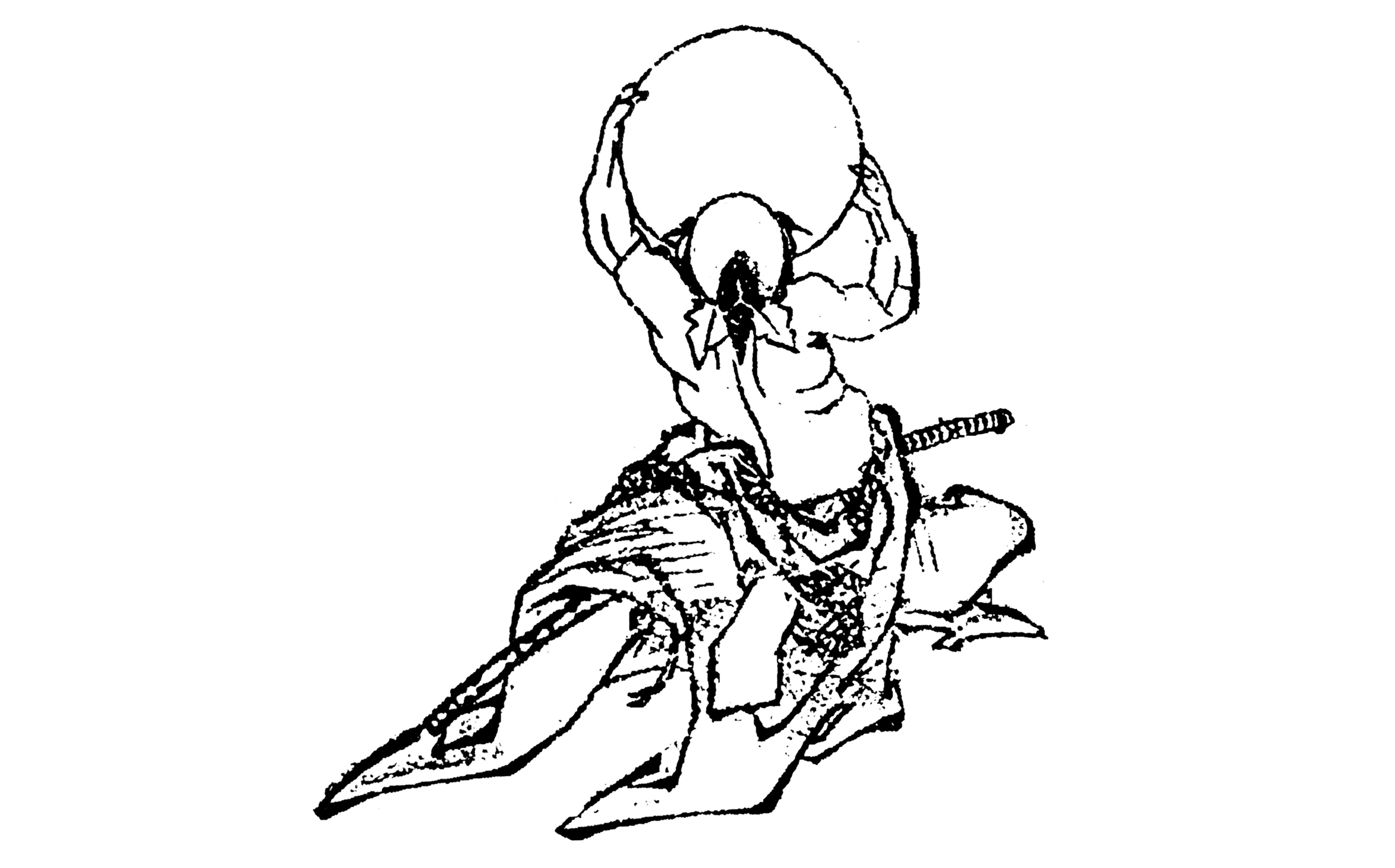
Practice Begins
The moment you set foot in the dojo
Body Arts — Aikido practice can improve muscular strength, balance, and flexibility. In the course of regular practice students learn how to unify body, mind and intention, fostering a potential for dynamic action and a sense of relaxation and well-being. Aikido techniques generally consist of throws and immobilizing holds practiced as students learn how to redirect and neutralize the force of an attack. The circular movements of Aikido do not rely on strength, making its principles accessible to people of all sizes and abilities.
Weapons — Training in the use of Bokken (wooden sword) and Jyo (four-foot staff) is integral to understanding the principles of kokyu (connection, also breath), extension, timing, and distance. Wielding a weapon we learn to animate an otherwise inanimate object and practice expanding our perception beyond our own body. The increased risk of inattentiveness in this type of training pushes us to cultivate deeper relaxation and focus as well. Instructor permission is required to begin weapons training. Consistent weapons training is strongly encouraged for serious students.
Ukemi — Historically in Japanese martial practice the art of falling/receiving technique was the responsibility of sempai (senior students). In the modern structure of Aikido practice, pairs of students alternate between the role of nage (do-er) and uke (attacker/receiver of the technique). Taking ukemi (receiving technique) is integral to the learning process, and warrants special consideration. Ukemi practice also provides one of the most truly lifelong benefits of Aikido practice—working within whatever fears we have of being in close contact with other bodies, and potentially falling as a result. By gaining confidence in our ability to safely fall and roll we establish a sense of freedom and choicefulness in our ability to move from standing, to the ground, and back—a liberating and freeing quality of movement for which to strive.
Zazen — Aikido emerged from, and is related to, a number of traditions all of which share a common connection to the practice of seated meditation. Zazen is seemingly simple—sitting still and observing the actions of your mind. While the experience of seated practice can be difficult to describe, the practice can be engaging and accessible with proper supervision. A desire for personal transformation is useful in relating to this discipline but not necessary. Seated practice is an important part of training at East Lake Aikido. Non-members are invited to join zazen—donations welcome!